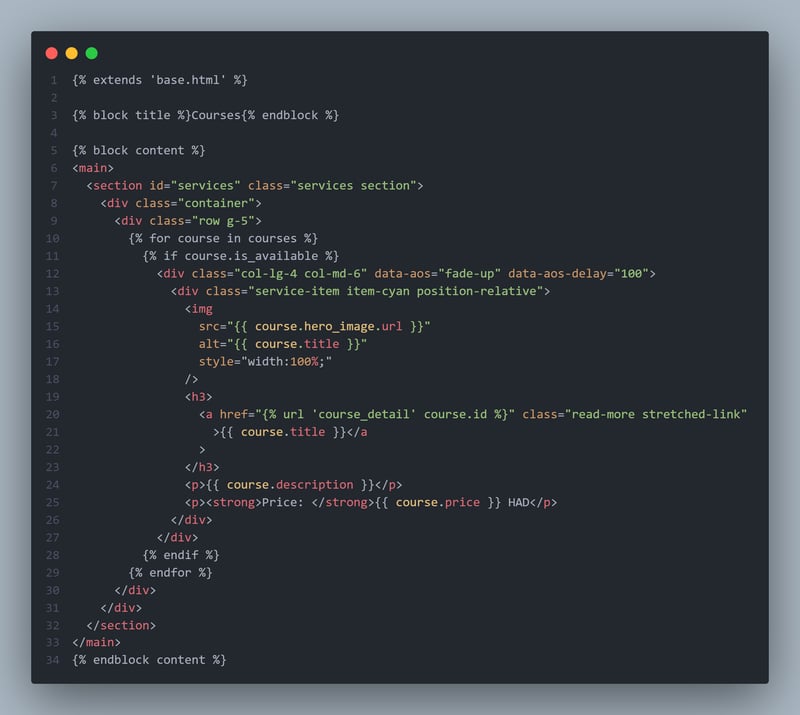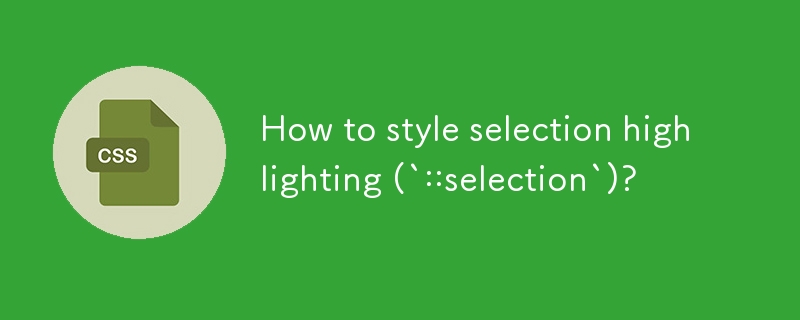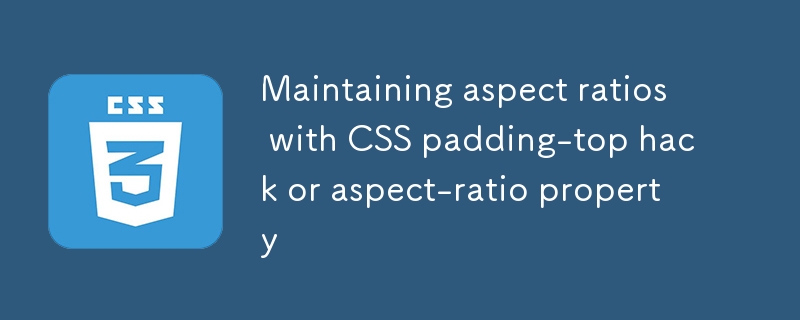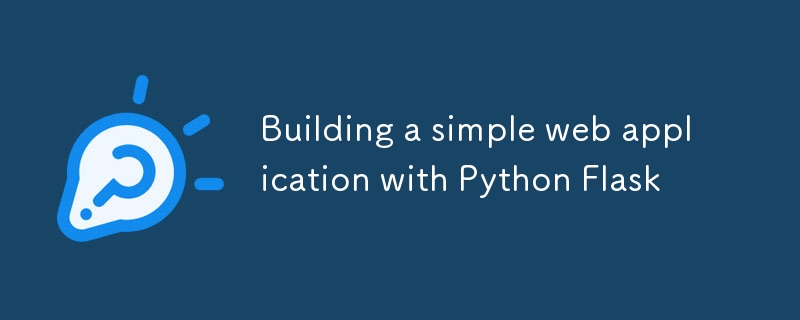Found a total of 10000 related content

Tutorial for H5 page production
Article Introduction:The key to H5 page production is to understand its core three elements: HTML5 (page structure), CSS (style) and JavaScript (dynamic effects). By mastering the logic and essence of these elements, following a step-by-step learning method, starting with simple examples, gradually increasing the difficulty, and constantly practicing and learning, you can skillfully make H5 pages.
2025-04-06
comment 0
472

What is the connection between H5 and JS?
Article Introduction:H5 provides web page structure (HTML5), while JS gives dynamic interaction (JavaScript), and the two collaborate to present web page content and interactive logic. H5 defines functional possibilities, and JS implements specific logic and interactions, such as game character movement, collision detection, etc. JS also operates the DOM to change the style, content, etc., similar to manipulating puppets in a puppet show. It is crucial to be proficient in H5 and JS and understand browser compatibility.
2025-04-06
comment 0
486

What is the relationship between JS and H5?
Article Introduction:The relationship between JS and H5: H5 is the stage (structure and content) of the web page, and JS is the actor on the stage (responsible for interaction and dynamic effects). They complement each other and are indispensable: H5 provides a stage and is responsible for building web structure, content and style. JS gives web pages the ability to interact dynamically, making web pages lively and interesting in response to user operations.
2025-04-06
comment 0
886

Getting to Know Cutestrap, a Lightweight CSS Framework
Article Introduction:Cutestrap: A Lightweight CSS Framework for Streamlined Web Development
This article explores Cutestrap, a lightweight CSS framework, demonstrating its capabilities through a simple one-page HTML template example.
Key Features:
Ultra-lightweight: We
2025-02-21
comment 0
849

How to create H5 pages
Article Introduction:H5 page development involves the use of HTML, CSS and JavaScript technologies to create web page structure, style and interactive functions. It requires understanding concepts such as semantic tags, box models, DOM operations and event listening. Create dynamic web pages by writing HTML code, using CSS to control styles, and using JavaScript to process user interaction.
2025-04-06
comment 0
575

Recommended templates for H5 page production
Article Introduction:How to choose H5 page template? 1. Clarify the goal: determine the page type (display type, interactive type, static, dynamic) 2. Free templates have risks: poor code quality, simple functions, and security risks 3. Paid templates are more reliable: save effort and avoid unnecessary trouble 4. Choose the appropriate template type: Bootstrap: mature and stable, easy to use, suitable for quickly building prototypes Tailwind CSS: Flexible customization, steep learning curve Vue.js, React: complex interaction, easy to maintain, and high learning cost 5. Template is just a tool, and the core is technical mastery: HTML, CSS, JavaScript 6. View the document before selecting a template to avoid being confused by the preview image
2025-04-06
comment 0
674

How to Create Custom Template Tags in Django?
Article Introduction:Django template tags: simplify data display and improve code reusability
In Django development, templates are used to dynamically render data into HTML pages. This article will introduce how to use Django template tags to simplify data display logic and avoid duplicating code in views.
Django template basic example
Let's say you have a simple course list HTML template:
The corresponding view code is as follows:
The view passes the course data to the template, which is ultimately displayed on the web page like this:
Question: Show total number of courses
Now, let's say you need to display the total number of courses on a web page. One way is to add calculation logic in the view:
def course_list(request):
to
2025-01-27
comment 0
794

What is the H5 programming language?
Article Introduction:H5 is not a standalone programming language, but a collection of HTML5, CSS3 and JavaScript for building modern web applications. 1. HTML5 defines the web page structure and content, and provides new tags and APIs. 2. CSS3 controls style and layout, and introduces new features such as animation. 3. JavaScript implements dynamic interaction and enhances functions through DOM operations and asynchronous requests.
2025-04-03
comment 0
860

Which is easier to learn, H5 or JS?
Article Introduction:The learning difficulty of H5 (HTML5) and JS (JavaScript) is different, depending on the requirements. A simple static web page only needs to learn H5, while it is highly interactive and requires front-end development to master JS. It is recommended to learn H5 first and then gradually learn JS. H5 mainly learns tags and is easy to get started; JS is a programming language with a steep learning curve and requires understanding of syntax and concepts, such as closures and prototype chains. In terms of pitfalls, H5 mainly involves compatibility and semantic understanding deviations, while JS involves syntax, asynchronous programming and performance optimization.
2025-04-06
comment 0
633

What are the different ways to include CSS in an HTML document, and what are their pros and cons?
Article Introduction:There are three common ways to introduce CSS into HTML documents, namely inline styles, internal style sheets and external style sheets. 1. Inline styles are written directly in the style attribute of HTML tags, which is suitable for temporary modification of individual element styles. The advantages are simple and direct, and the disadvantages are poor maintainability and are not conducive to separating concerns; 2. The internal style sheet is written in the tag and the style is centrally managed, suitable for single pages or small websites, but is not convenient for multi-page sharing styles; 3. The external style sheet writes CSS to an independent file and introduces it, supports multi-page sharing styles, which is convenient for maintenance and performance optimization, and is suitable for medium and large projects. It is the most commonly used method in modern web development. Overall, the larger the project size, the more external style sheets should be used, while inline and internal styles should be used.
2025-06-20
comment 0
906

What exactly does H5 page production mean?
Article Introduction:H5 page production refers to the creation of cross-platform compatible web pages using technologies such as HTML5, CSS3 and JavaScript. Its core lies in the browser's parsing code, rendering structure, style and interactive functions. Common technologies include animation effects, responsive design, and data interaction. To avoid errors, developers should be debugged; performance optimization and best practices include image format optimization, request reduction and code specifications, etc. to improve loading speed and code quality.
2025-04-06
comment 0
1461

How to create an H5 page?
Article Introduction:The key steps to creating an H5 page include preparing the infrastructure, adding content, beautifying the page, and adding interactive effects. 1. Prepare the infrastructure: Use HTML5 standard templates, including basic elements such as DOCTYPE declarations, html, head and body; 2. Add content: Use h1, p, img and other tags to insert titles, paragraphs and pictures, and pay attention to paths and alt attributes; 3. Beautify the page: Set styles such as fonts, colors, spacings, etc. through style tags or external CSS files; 4. Add interactive effects: Use JavaScript to implement simple functions, such as clicking on a pop-up window on a button, it is recommended to place the script before the body end tag to optimize the loading speed.
2025-07-09
comment 0
440

Defining page headers and footers with HTML5 `` and ``.
Article Introduction:Using HTML5 and elements can improve the clarity and accessibility of web page structure. It is usually located at the top of a page or block, and contains introductory content such as site titles, navigation menus or banners; it is often at the bottom, where copyright information, contact information or secondary navigation links are placed. Both can be used multiple times and content relevance is required. They support CSS style settings such as background color, margins, and text alignment to enhance visual distinction. However, not all pages must contain these two elements. Simple pages can be omitted according to actual needs, while standard web pages are recommended to improve user experience and SEO results.
2025-07-12
comment 0
615

How to style selection highlighting (`::selection`)?
Article Introduction:Use the ::selection pseudo-element of CSS to customize the highlighting style when the web page text is selected to improve the aesthetics and unity of the page. 1. Basic settings: define background-color and color through ::selection, such as yellow background with dark gray fonts; specific elements such as p::selection can also be limited. 2. Compatibility processing: Add the -webkit- prefix to be compatible with Safari and mobile browsers, and the Firefox and Edge standards are well supported. 3. Pay attention to readability: Avoid excessive color contrast or too fancy, and should be coordinated with the overall design. For example, choose a soft blue base in dark mode to improve visual comfort. Reasonable use can enhance the texture of the interface, ignore details
2025-07-16
comment 0
877

How to embed a PDF in an HTML5 page?
Article Introduction:If you want to display PDF files in web pages, HTML5 provides a practical way. 1. Use or tags to embed PDF directly, suitable for lightweight projects, but limited style control; 2. Advanced functions such as page turn and zooming can be realized through PDF.js, with good compatibility but requires front-end knowledge; 3. Use GoogleDocs preview service to be simple and fast, but there is privacy risk, and is suitable for non-sensitive documents. These three methods can be selected and used according to your needs.
2025-07-11
comment 0
235

How to use HTML templates
Article Introduction:The key to using HTML templates is to understand the structure and modify the key points. First, understand that the template consists of index.html, CSS, JS files and picture folders. Checking the code structure helps position the modification area; second, when replacing the content, find the correct position, including title, paragraph, link, image path, etc., and pay attention to the consistency of the resource directory; then adjust the style by modifying the CSS class name or attribute, and realize style switching without rewriting the code; finally, test the web page function and check whether the link jump, image loading, form submission and mobile display are normal, and ensure that there are no path errors or label omissions before going online to deploy.
2025-07-07
comment 0
977

Maintaining aspect ratios with CSS padding-top hack or aspect-ratio property
Article Introduction:There are two ways to maintain the aspect ratio of elements in web page layout: 1. Use padding-top skills; 2. Use the aspect-ratio attribute. The padding-top method achieves proportional control through percentage calculation of placeholding, with good compatibility but complex structure, suitable for block-level elements; the aspect-ratio method is simple and intuitive, supports modern browsers, and can directly set aspect ratios, suitable for responsive design and inline elements. If you need to be compatible with old browsers, you can use fallback style in combination with featurequery.
2025-07-08
comment 0
262

What is a static site generator SSG
Article Introduction:Static Site Generator (SSG) is a tool that automatically converts content, templates, and configurations into static web pages. 1. It reads content files such as Markdown, 2. It uses the template engine to render the page structure, and 3. Finally generates deployable HTML, CSS and JS files. Suitable for content creators, developers and small teams to quickly build blogs, documents or official websites, with the advantages of fast speed, good security, and simple deployment. Common tools include Jekyll, Hugo, Gatsby and Eleventy. Beginners recommend starting with active and well-documented tools, and gradually mastering core concepts such as templates, layouts and construction processes.
2025-06-27
comment 0
449

What can be done for H5 page production
Article Introduction:H5 page production is not only suitable for creating simple web pages, but also has powerful functions, including: Dynamic interaction: Use elements such as animation, video and 3D models to provide users with an immersive experience. Mobile-friendly: Responsive design ensures the best browsing experience on a variety of devices. Data visualization: present data in an intuitive way, using elements such as charts and maps. Games and interactive applications: Develop lightweight games and interactive applications to enhance user engagement. Cross-platform compatibility: Based on a combination of HTML5, CSS3 and JavaScript, but compatibility remains a challenge. Performance optimization: For complex pages, code efficiency needs to be optimized. Security: Security vulnerabilities need to be prevented, such as
2025-04-06
comment 0
567

Building a simple web application with Python Flask
Article Introduction:Flask is a lightweight web framework for beginners, which can be used to quickly build simple websites. 1. Before installing Flask, you should create a virtual environment and install it with pip; 2. The project structure usually includes the main program file app.py, template folder templates and static resource folder static; 3. Use @app.route() to define the route and return the response content, supporting HTML page rendering; 4. When adding CSS or JavaScript files, you must place it in the static folder and reference it through the /static/ path; 5. Support dynamic routing and form processing, and you can receive user input through the request module. Through these basic functions, more complex
2025-07-13
comment 0
302



















